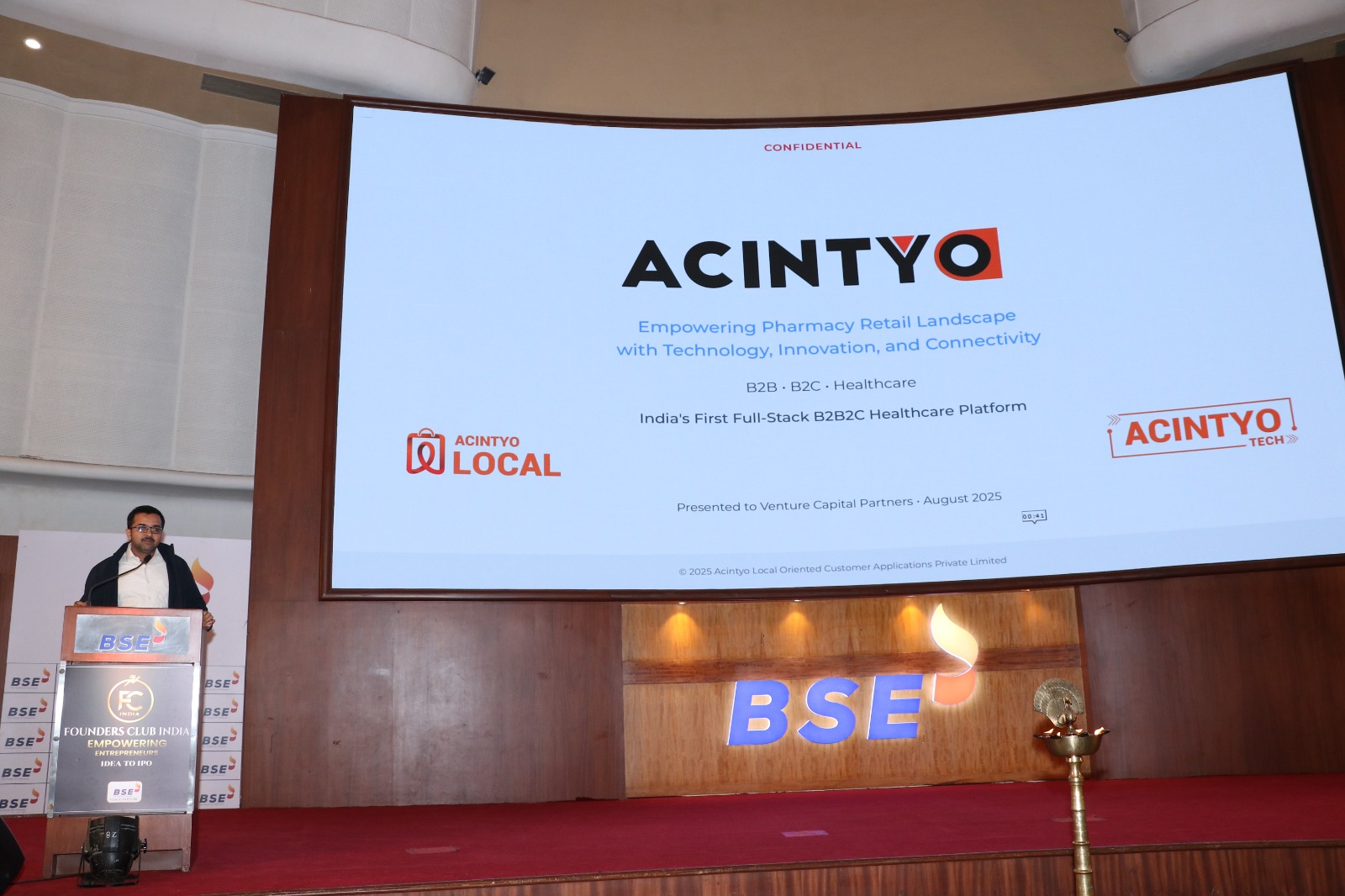Low-Code and No-Code Platforms: Empowering Non-Technical Users
Low-code and no-code platforms are revolutionizing the way software is developed, enabling non-technical users to create applications without extensive coding knowledge. These platforms provide visual interfaces and drag-and-drop features, democratizing software development and fostering innovation. By reducing the dependency on traditional development, businesses can accelerate their digital transformation efforts. This shift is making technology more accessible and bridging the gap between business needs and IT capabilities.

Introduction to Low-Code and No-Code Platforms
Low-code and no-code platforms are designed to simplify the application development process. They provide intuitive, user-friendly interfaces that allow users to build software applications through visual tools rather than traditional coding. These platforms are gaining popularity because they enable individuals with little to no programming experience to develop and deploy applications quickly and efficiently. This democratization of software development is transforming industries by making it easier for businesses to innovate and adapt to changing market demands.
Benefits for Businesses
Adopting low-code and no-code platforms offers numerous benefits for businesses. Firstly, it significantly reduces the time and cost associated with software development. By enabling faster development cycles, companies can respond more quickly to market opportunities and customer needs. Secondly, these platforms empower business users, such as analysts and managers, to create custom applications tailored to their specific requirements without waiting for IT departments. This leads to increased productivity and innovation within the organization. Finally, low-code and no-code solutions enhance agility, allowing businesses to pivot and adapt their digital strategies rapidly.
Empowering Citizen Developers
Citizen developers are non-professional programmers who can build applications using low-code and no-code platforms. This empowerment is a key advantage, as it allows individuals from various departments to contribute to the development process. By leveraging their domain expertise, citizen developers can create applications that precisely meet their needs. Additionally, this approach fosters collaboration between IT and business units, as professional developers can focus on more complex tasks while citizen developers handle simpler projects. This synergy improves overall efficiency and effectiveness in achieving business goals.
Overcoming Challenges
While low-code and no-code platforms offer many advantages, they also come with challenges. One significant concern is ensuring the security and scalability of applications developed by non-technical users. To address this, organizations must implement governance frameworks and best practices. Additionally, there is a risk of shadow IT, where applications are created outside the purview of the IT department, potentially leading to integration issues and data silos. To mitigate these risks, businesses should provide proper training and establish clear guidelines for the use of these platforms.
Conclusion
Low-code and no-code platforms are game-changers in the software development landscape, empowering non-technical users to drive digital transformation. By simplifying the development process and making it accessible to a broader audience, these platforms foster innovation and efficiency. Businesses can leverage these tools to reduce development costs, accelerate time-to-market, and enhance agility. Despite the challenges, with proper governance and training, the benefits far outweigh the risks. As these platforms continue to evolve, they will play an increasingly critical role in shaping the future of technology and business.





































Comments (0)